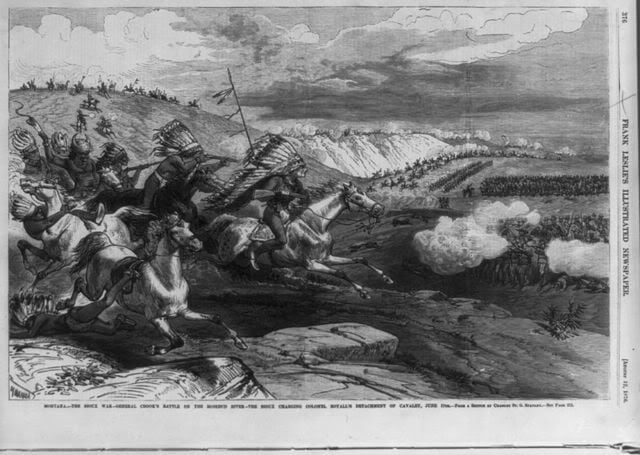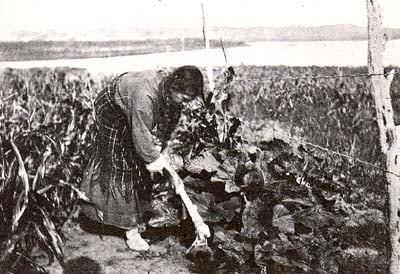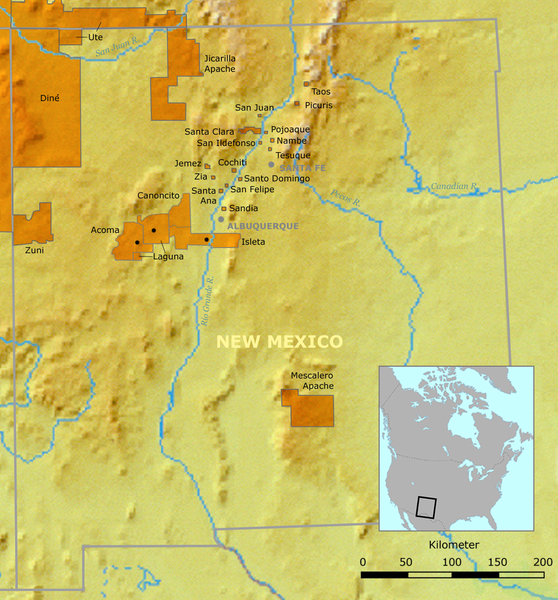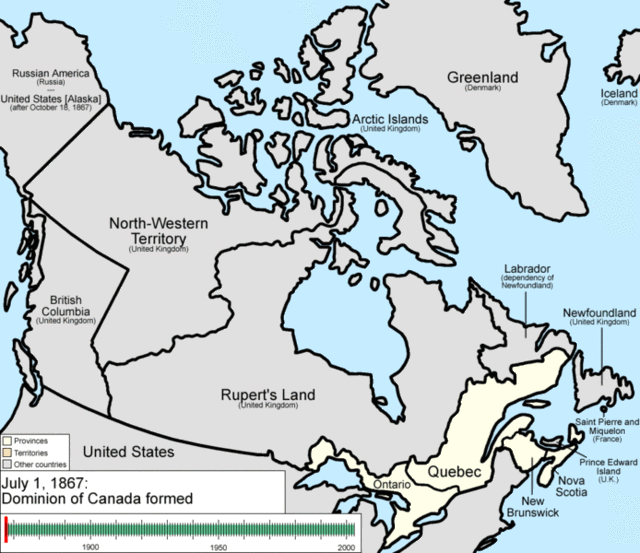Teddy Roosevelt and the Indians
In 1901, President William McKinley was assassinated and Theodore Roosevelt became the 26th President of the United States. He entered the White House better acquainted with both the Indian Service (later known as the Bureau of Indian Affairs) and Indians than any President since William Henry Harrison. While Roosevelt had a background with regard to Indian affairs, this was not one of his major interests. In their annual report, the Indian Rights Association lauded the new President:
“No man in the country has a fuller or more practical sympathy with the Indians than President Roosevelt, nor a better understanding of their conditions and needs.”

At the time Roosevelt became President, the Indian Service had a staff of nearly 6,000 to administer 160 reservations with more than 300 tribes. The Indian Service included 250 schools which accounted for half of its work force and had an enrollment of nearly 20,000.
Prior to Being President:
In 1891, four groups of Indian Service employees – physicians, school superintendents and assistant superintendents, school-teachers, and matrons – were placed under Civil Service Classifi¬cations. As a member of the Civil Service Commission, Theodore Roosevelt advocated that Civil Service rules be modified so that Indians could be given preference for these positions.
The following year, Theodore Roosevelt delivered a Lowell Institute Lecture in Boston, Massachusetts, in which he defends the government’s treatment of Indians:
“This continent had to be won. We need not waste our time in dealing with any sentimentalist who believes that, on account of any abstract principle, it would have been right to leave this continent to the domain, the hunting ground of squalid savages. It had to be taken by the white race.”
As President. 1901:
With regard to Indians, in 1901 President Theodore Roosevelt stated:
“In my judgment the time has arrived when we should definitely make up our minds to recognize the Indian as an individual and not as a member of a tribe. The General Allotment Act is a mighty pulverizing engine to break up the tribal mass.”
In 1901 Camp McDowell, Arizona, an abandoned military reservation, was set aside for Indian use by Executive Order by President Theodore Roosevelt. Congress, however, rejected a bill that would have created a Yavapai reservation because American squatters in the area objected.
As President. 1902:
President Theodore Roosevelt appointed a Catholic to the Board of Indian Commissioners in an attempt to reverse the pattern of discrimination against Catholics by the federal government. He was criticized for this.
In South Dakota, the Indian Rights Association (IRA) authorized an investigation into the situation of the Standing Rock Sioux Reservation. The IRA sent a letter to the Department of the Interior asking that action on cattle leases on the reservation be held off until the rights of the Sioux had been assured. The IRA also contacted President Theodore Roosevelt and asked him to intervene. The Women’s National Indian Association and the Boston Indian Citizenship Committee joined the IRA in protesting the leases.
In response to the IRA request, President Roosevelt asked writer George Bird Grinnell to investigate the situation on the Standing Rock Sioux Reservation. Grinnell’s report blasted the government’s unscrupulous leasing practices. He also criticized the order by the Commission of Indian Affairs that all Indians cut off their long hair. According to Grinnell:
“Such an order was never before heard of in a free country, and the enforcement of it tends to make the Indians feel themselves to be slaves.”
As President. 1903:
In his book The Winning of the West, President Theodore Roosevelt wrote:
“The truth is, the Indians never had any real title to the soil.”
He compared Indian rights to the land with those of cattle ranchers trying to keep immigrants off their vast unfenced ranges.
President Theodore Roosevelt visited the Grand Canyon in Arizona. He rode down into the canyon and found Havasupai families headed by Yavñmi’ Gswedva (Dangling Beard) and Burro living at Indian Garden. Then President Roosevelt spoke to Gswedva (also called Big Jim) and informed him, through an interpreter, of the federal government’s intent to locate a park for the American people on Gswedva’s and Burro’s garden lands below the rim. Roosevelt urged the Indians to vacate the area so that American tourists could enjoy it.
In Arizona, President Theodore Roosevelt sent his personal agent to investigate the situation of the Yavapai in the Verde Valley. The agent reported that there were more than 500 Yavapai living in the area. The agent recommended buying the squatters’ claims to Fort McDowell lands and making this land available to the Yavapai. While the agent expressed concern that the Yavapai might be corrupted by the nearby American communities, those Americans who wanted the Yavapai removed from the area argued that their children’s morals would be corrupted by Yavapai resettlement in the area.
As a result of the agent’s report, the Fort McDowell Reservation was created for the Yavapai by executive order of President Theodore Roosevelt. Under the order, all lands which were not legally claimed by Americans were to be turned over to the Yavapai who were living in the area. This action represented the culmination of four decades of efforts by the Yavapai to obtain a reservation in their homelands.
In Washington, D. C., Nez Perce Chief Joseph met with President Theodore Roosevelt. At a buffalo dinner, Chief Joseph explained the situation of his people. He was promised by the President that someone would come to investigate the matter.
As President. 1904:
President Theodore Roosevelt appointed Francis Leupp as Commissioner of Indian Affairs. Leupp had been employed by the Indian Rights Association as their Washington, D.C. representative. Unlike most of the earlier appointments to this position, Leupp was actually well-versed in Indian affairs.
In Oklahoma, the proposed relocation of the Delaware by the Dawes Commission was cancelled by President Theodore Roosevelt. There had been a major oil strike on Delaware lands and it was rumored that Dawes Commission members were trying to shunt the Delawares aside to promote lucrative deals with the Cherokees.
As President. 1905:
Roosevelt won the 1904 Presidential election by a landslide. For his 1905 inauguration, President Theodore Roosevelt asked the Indian Service to provide “a touch of color” for his inaugural parade by providing some Indians. The Indian Service provided Geronimo (Apache), Quanah Parker (Comanche), American Horse (Sioux), Hollow Horn Bear (Sioux), Little Plume (Blackfoot), and Buckskin Charley (Ute). These Indian leaders, called “chiefs” by the press, rode painted ponies and led a troop of marching Carlisle Indian students up Pennsylvania Avenue. Along the parade route, the Indians were met with war whoops and similar derisive shouts from the crowd.
President Theodore Roosevelt visited Frederick, Oklahoma Territory where he was met by an honor guard that included Comanche leader Quanah Parker. Roosevelt asked Parker to join him on the speakers’ stand as he told the people:
“Give the red man the same chance as the white. This country is founded on a doctrine of giving each man a fair show to see what there is in him.”
As President. 1906:
President Theodore Roosevelt signed the bill which created Mesa Verde National Park in Colorado. Mesa Verde is the site of ancient Anasazi ruins, a culture which is ancestral to the Pueblos. This was the first national park which sought to preserve ancient ruins. The initial Act included 42,000 acres of Ute land. However, because of a faulty survey almost none of the ruins were in the Park. To correct this, the bill was amended to place all unpatented prehistoric ruins on Indian or federal land within five miles of the park boundary under the custodianship of the park.
Apache leader Geronimo, who was a prisoner-of-war, told his life story to S. M. Barrett who published it as Geronimo: His Own Story. The military objected to this biography and sought to stop its publication. President Roosevelt personally intervened to see that Geronimo’s story was published.
In Wyoming, Devils Tower – a sacred place known to the Lakota, Shoshone, Arapaho, and Cheyenne as Bears’ Lodge – was proclaimed a national monument by presidential proclamation. This geological feature was mentioned in the oral traditions of at least 20 tribes and is also known as Tree Rock, Home of the Bear, and Great Grey Horn.
As President. 1908:
In New York, President Theodore Roosevelt dedicated a monument to Captain John Underhill, the first professional Indian fighter in the northeast. In 1637, Underhill had been one of the leaders of the genocidal Pequot War. According to Roosevelt, Underhill was one of the men in Colonial times who
“helped to lay the foundation of the nation that was to be.”
Later historians would characterize Underhill as a sociopath or as a person who suffered from antisocial personality disorder.
President Roosevelt established the National Bison Range near Moise, Montana on the Flathead Reservation. The mission of the Nation Bison Range is to provide a representative herd of buffalo, in natural conditions, to help ensure the preservation of the species for the public benefit and enjoyment.
As President. 1909:
President Theodore Roosevelt issued eight proclamations which transferred 15 million acres of Indian timber on reservations created by Executive Order to adjacent national forests. The reservations included Fort Apache, Mescalero, Jicallilla, San Carlos, Zuni, Hoopa Valley, Tule River, and Navajo. The proclamation regarding the enlargement of the Trinity National Forest to include most of the Hoopa Reservation stated that after 25 years any un-allotted land on the reservation was to become a part of the national forest and the Hoopa were to lose their rights to this land.



